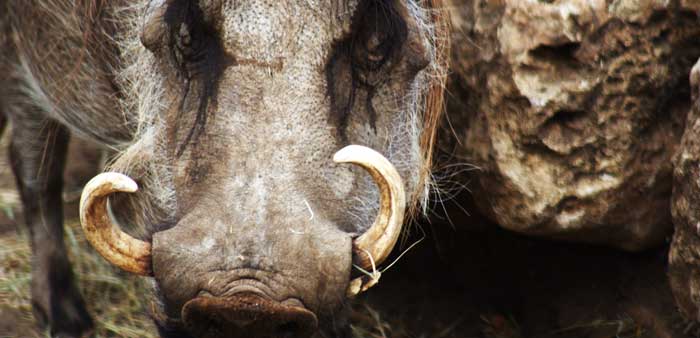
Morrison government stalling $325 million biosecurity levy
The Australian government is stalling on passing a new biosecurity levy that would help keep out major threats like the African swine fever virus.

The Australian government is stalling on passing a new biosecurity levy that would help keep out major threats like the African swine fever virus.

We’ve teamed up with QuestaGame to launch a month-long ‘BonANTza’ eco-hunt in the Cairns region with great prizes to be won.

The Australian government has drawn up a hit list of overseas environmental invaders we need to keep out of the country.
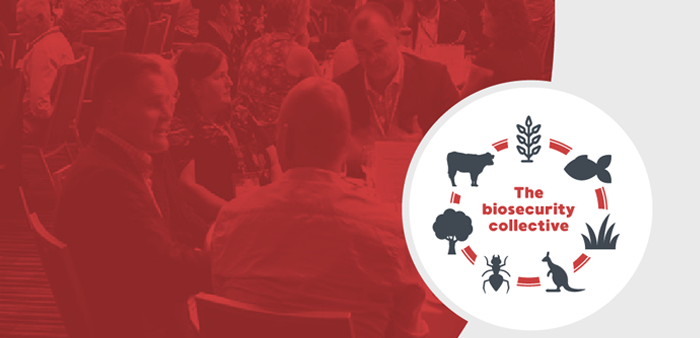
Delegates from Australia, New Zealand, the US, Canada and Mexico made first ever biosecurity symposium a smashing success.
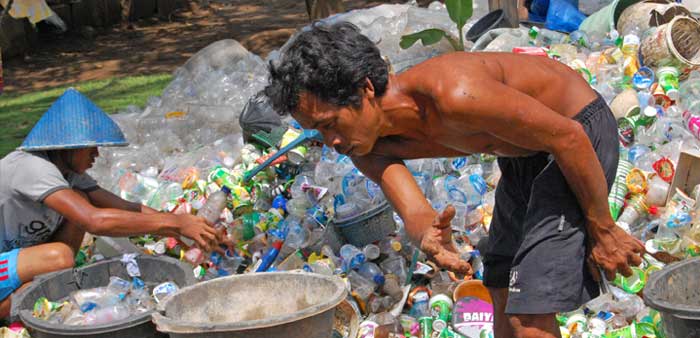
Could Australia’s recycling crisis be solved by replacing wooden pallets with plastic pallets? At the same time reducing the risk of dangerous new insects sneaking past biosecurity borders hidden in wooden pallets?
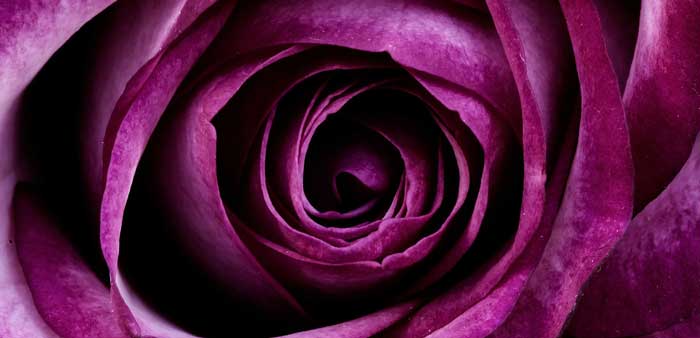
Just before Mother’s Day every year millions of flowers from across the world flood in to Australia. It is one of the most dangerous days on our calendar.

With the number of pest and disease threats that could enter our country rapidly growing, last week biosecurity champions from across Australia and overseas came together to form Australia’s first biosecurity collective.
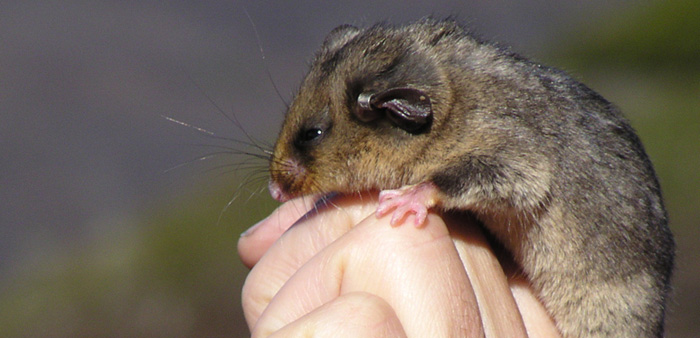
Invasive species are one of the biggest drivers of environmental loss in Australia, and threaten our native animals and plants more than any other single factor.
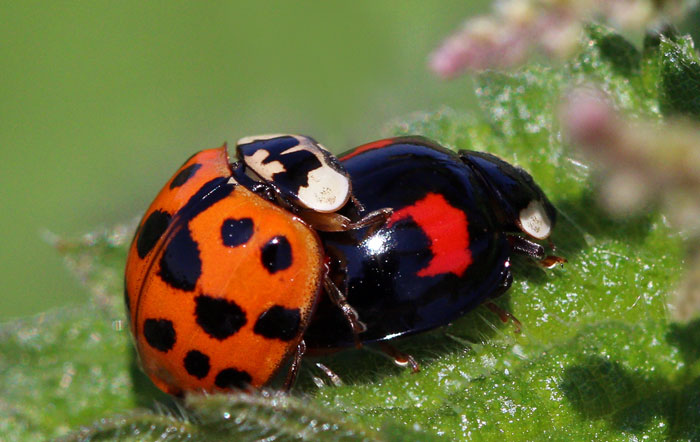
Is Australia ready to fend off insect armageddon?
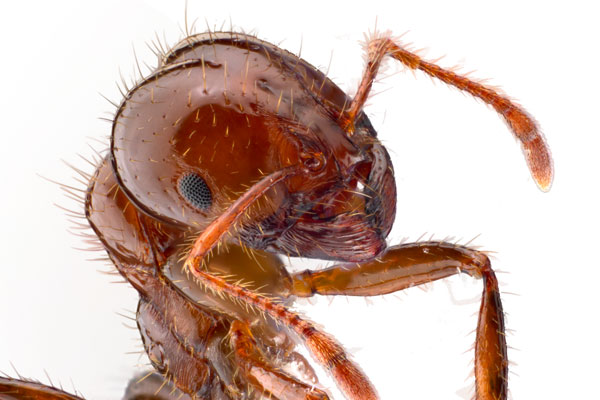
The 2019 federal budget was a ripper for tackling some of Australia’s most destructive invading ants but has missed a major long-term investment opportunity.

The 2019 federal budget was a ripper for tackling some of Australia’s most destructive invading ants but has missed a major long-term investment opportunity.
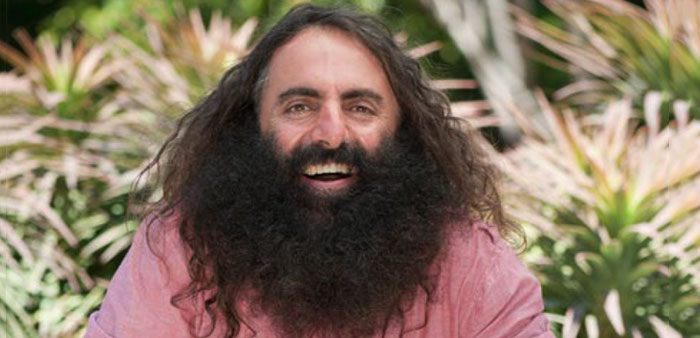
The long-time host of ABC’s Gardening Australia, Costa Georgiadis, will be the official MC of the inaugural 2019 Australian Biosecurity Symposium.
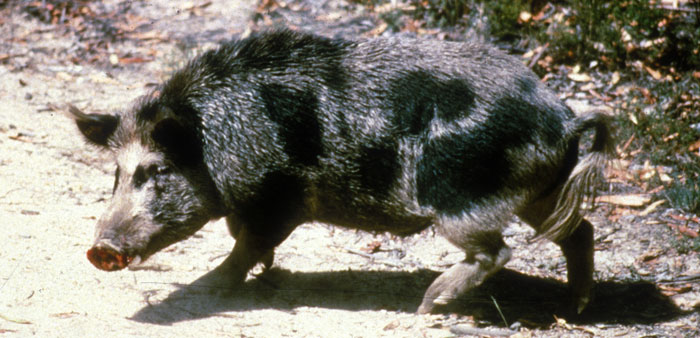
Queensland farmers reeling from droughts and floods will soon face a third threat as weeds and pests ride the floodwaters into new agricultural areas.
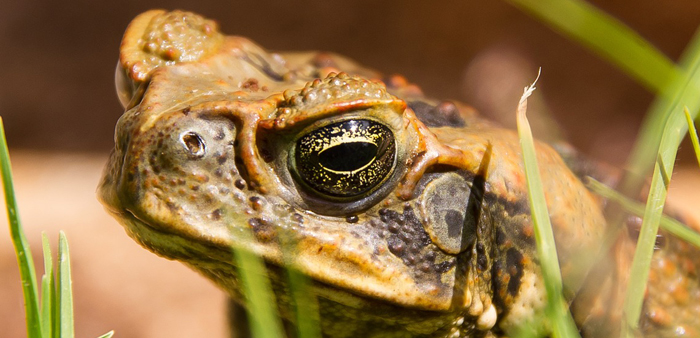
An analysis by 12 ecologists has found that invasive species are the most prevalent threat to Australia’s native plants and animals – impacting 1257 nationally listed threatened species, 82% of the total.

The decision to create an office of environmental biosecurity protection is big step forward in protecting Australia’s environment from dangerous new invasive species.

The Australian government is stalling on passing a new biosecurity levy that would help keep out major threats like the African swine fever virus.

We’ve teamed up with QuestaGame to launch a month-long ‘BonANTza’ eco-hunt in the Cairns region with great prizes to be won.

The Australian government has drawn up a hit list of overseas environmental invaders we need to keep out of the country.

Delegates from Australia, New Zealand, the US, Canada and Mexico made first ever biosecurity symposium a smashing success.

Could Australia’s recycling crisis be solved by replacing wooden pallets with plastic pallets? At the same time reducing the risk of dangerous new insects sneaking past biosecurity borders hidden in wooden pallets?

Just before Mother’s Day every year millions of flowers from across the world flood in to Australia. It is one of the most dangerous days on our calendar.

With the number of pest and disease threats that could enter our country rapidly growing, last week biosecurity champions from across Australia and overseas came together to form Australia’s first biosecurity collective.

Invasive species are one of the biggest drivers of environmental loss in Australia, and threaten our native animals and plants more than any other single factor.

Is Australia ready to fend off insect armageddon?

The 2019 federal budget was a ripper for tackling some of Australia’s most destructive invading ants but has missed a major long-term investment opportunity.

The 2019 federal budget was a ripper for tackling some of Australia’s most destructive invading ants but has missed a major long-term investment opportunity.

The long-time host of ABC’s Gardening Australia, Costa Georgiadis, will be the official MC of the inaugural 2019 Australian Biosecurity Symposium.

Queensland farmers reeling from droughts and floods will soon face a third threat as weeds and pests ride the floodwaters into new agricultural areas.

An analysis by 12 ecologists has found that invasive species are the most prevalent threat to Australia’s native plants and animals – impacting 1257 nationally listed threatened species, 82% of the total.

The decision to create an office of environmental biosecurity protection is big step forward in protecting Australia’s environment from dangerous new invasive species.

The Australian government is stalling on passing a new biosecurity levy that would help keep out major threats like the African swine fever virus.

We’ve teamed up with QuestaGame to launch a month-long ‘BonANTza’ eco-hunt in the Cairns region with great prizes to be won.

The Australian government has drawn up a hit list of overseas environmental invaders we need to keep out of the country.

Delegates from Australia, New Zealand, the US, Canada and Mexico made first ever biosecurity symposium a smashing success.

Could Australia’s recycling crisis be solved by replacing wooden pallets with plastic pallets? At the same time reducing the risk of dangerous new insects sneaking past biosecurity borders hidden in wooden pallets?

Just before Mother’s Day every year millions of flowers from across the world flood in to Australia. It is one of the most dangerous days on our calendar.

With the number of pest and disease threats that could enter our country rapidly growing, last week biosecurity champions from across Australia and overseas came together to form Australia’s first biosecurity collective.

Invasive species are one of the biggest drivers of environmental loss in Australia, and threaten our native animals and plants more than any other single factor.

Is Australia ready to fend off insect armageddon?

The 2019 federal budget was a ripper for tackling some of Australia’s most destructive invading ants but has missed a major long-term investment opportunity.

The 2019 federal budget was a ripper for tackling some of Australia’s most destructive invading ants but has missed a major long-term investment opportunity.

The long-time host of ABC’s Gardening Australia, Costa Georgiadis, will be the official MC of the inaugural 2019 Australian Biosecurity Symposium.

Queensland farmers reeling from droughts and floods will soon face a third threat as weeds and pests ride the floodwaters into new agricultural areas.

An analysis by 12 ecologists has found that invasive species are the most prevalent threat to Australia’s native plants and animals – impacting 1257 nationally listed threatened species, 82% of the total.

The decision to create an office of environmental biosecurity protection is big step forward in protecting Australia’s environment from dangerous new invasive species.
Get our blog the Feral Herald delivered to your inbox.
Our protected areas are being trashed, trampled, choked and polluted by an onslaught of invaders. Invasive species are already the overwhelming driver of our animal extinction rate, and are expected to cause 75 of the next 100 extinctions.
But you can help to turn this around and create a wildlife revival in Australia.
From numbats to night parrots, a tax-deductible donation today can help defend our wildlife against the threat of invasive weeds, predators, and diseases.
As the only national advocacy environment group dedicated to stopping this mega threat, your gift will make a big difference.
A silent crisis is unfolding across Australia. Every year, billions of native animals are hunted and killed by cats and foxes. Fire ants continue to spread and threaten human health. And the deadly strain of bird flu looms on the horizon. Your donation today will be used to put the invasive species threat in the media, make invasive species a government priority, ensure governments take rapid action to protect nature and our remarkable native wildlife from invasives-led extinction, death and destruction.
If you are having trouble submitting a form, please read this guide.
Please fill out the following form and one of our team will be in contact to assist as soon as possible. Please make sure to include any helpful information, such as the device you were using (computer, tablet or mobile phone) and if known, your browser (Mozilla Firefox, Chrome, Safari etc)
"*" indicates required fields
Dear Project Team,
[YOUR PERSONALISED MESSAGE WILL APPEAR HERE.]
I support the amendment to the Kosciuszko National Park Wild Horse Heritage Management Plan to allow our incredible National Parks staff to use aerial shooting as one method to rapidly reduce feral horse numbers. I want to see feral horse numbers urgently reduced in order to save the national park and our native wildlife that live there.
The current approach is not solving the problem. Feral horse numbers have rapidly increased in Kosciuszko National Park to around 18,000, a 30% jump in just the past 2 years. With the population so high, thousands of feral horses need to be removed annually to reduce numbers and stop our National Park becoming a horse paddock. Aerial shooting, undertaken humanely and safely by professionals using standard protocols, is the only way this can happen.
The government’s own management plan for feral horses states that ‘if undertaken in accordance with best practice, aerial shooting can have the lowest negative animal welfare impacts of all lethal control methods’.
This humane and effective practice is already used across Australia to manage hundreds of thousands of feral animals like horses, deer, pigs, and goats.
Trapping and rehoming of feral horses has been used in Kosciuszko National Park for well over a decade but has consistently failed to reduce the population, has delayed meaningful action and is expensive. There are too many feral horses in the Alps and not enough demand for rehoming for it to be relied upon for the reduction of the population.
Fertility control as a management tool is only effective for a small, geographically isolated, and accessible population of feral horses where the management outcome sought is to maintain the population at its current size. It is not a viable option to reduce the large and growing feral horse population in the vast and rugged terrain of Kosciuszko National Park.
Feral horses are trashing and trampling our sensitive alpine ecosystems and streams, causing the decline and extinction of native animals. The federal government’s Threatened Species Scientific Committee has stated that feral horses ‘may be the crucial factor that causes final extinction’ for 12 alpine species.
I recognise the sad reality that urgent and humane measures are necessary to urgently remove the horses or they will destroy the Snowies and the native wildlife that call the mountains home. I support a healthy national park where native species like the Corroboree Frog and Mountain Pygmy Possum can thrive.
Dear Project Team,
[YOUR PERSONALISED MESSAGE WILL APPEAR HERE.]
I support the amendment to the Kosciuszko National Park Wild Horse Heritage Management Plan to allow our incredible National Parks staff to use aerial shooting as one method to rapidly reduce feral horse numbers. I want to see feral horse numbers urgently reduced in order to save the national park and our native wildlife that live there.
The current approach is not solving the problem. Feral horse numbers have rapidly increased in Kosciuszko National Park to around 18,000, a 30% jump in just the past 2 years. With the population so high, thousands of feral horses need to be removed annually to reduce numbers and stop our National Park becoming a horse paddock. Aerial shooting, undertaken humanely and safely by professionals using standard protocols, is the only way this can happen.
The government’s own management plan for feral horses states that ‘if undertaken in accordance with best practice, aerial shooting can have the lowest negative animal welfare impacts of all lethal control methods’.
This humane and effective practice is already used across Australia to manage hundreds of thousands of feral animals like horses, deer, pigs, and goats.
Trapping and rehoming of feral horses has been used in Kosciuszko National Park for well over a decade but has consistently failed to reduce the population, has delayed meaningful action and is expensive. There are too many feral horses in the Alps and not enough demand for rehoming for it to be relied upon for the reduction of the population.
Fertility control as a management tool is only effective for a small, geographically isolated, and accessible population of feral horses where the management outcome sought is to maintain the population at its current size. It is not a viable option to reduce the large and growing feral horse population in the vast and rugged terrain of Kosciuszko National Park.
Feral horses are trashing and trampling our sensitive alpine ecosystems and streams, causing the decline and extinction of native animals. The federal government’s Threatened Species Scientific Committee has stated that feral horses ‘may be the crucial factor that causes final extinction’ for 12 alpine species.
I recognise the sad reality that urgent and humane measures are necessary to urgently remove the horses or they will destroy the Snowies and the native wildlife that call the mountains home. I support a healthy national park where native species like the Corroboree Frog and Mountain Pygmy Possum can thrive.